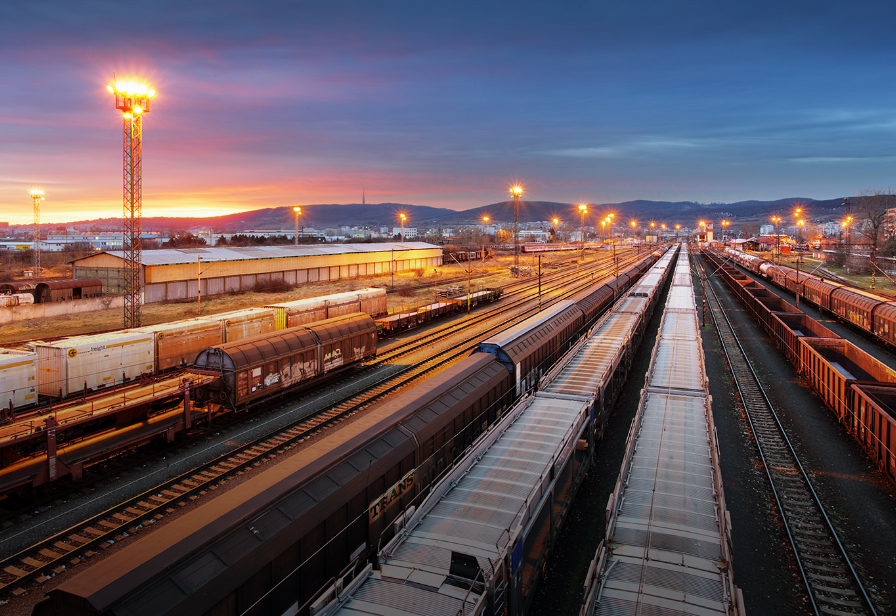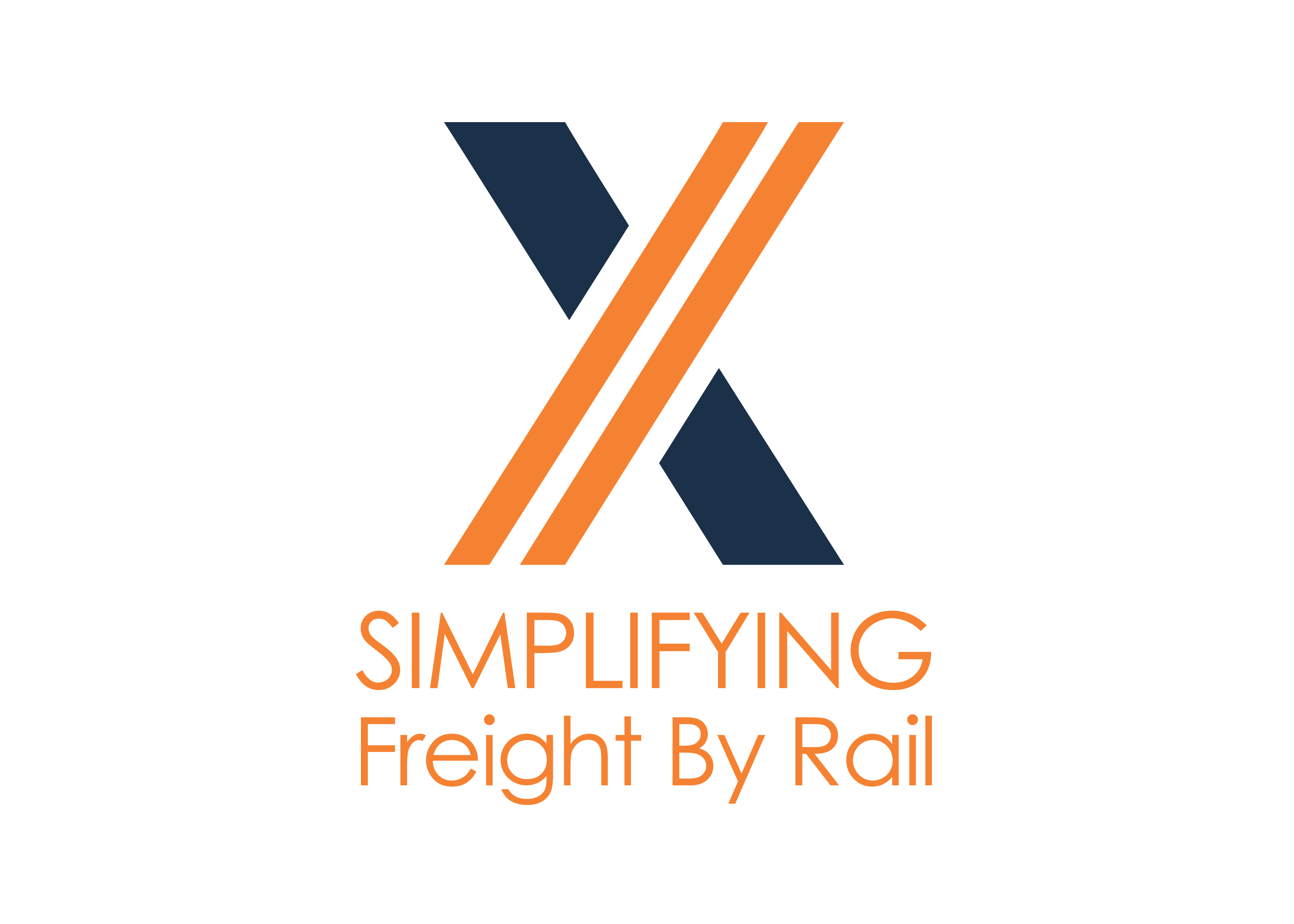Rail consolidation centers offer the following features and functions:
-
Consolidation and Deconsolidation: These centers serve as hubs where shipments from multiple origins are consolidated into larger, more efficient rail loads. Conversely, they also facilitate the deconsolidation of freight arriving by rail, breaking down large shipments into smaller lots for further distribution to their final destinations.
-
Transloading: Rail consolidation centers often provide transloading services, which involve transferring freight between different modes of transportation. This can include transferring goods between railcars and trucks, allowing for seamless intermodal transportation. Transloading helps optimize transportation routes and modes based on specific shipment requirements and regional logistics networks.
-
Storage and Warehousing: Rail consolidation centers may have storage and warehousing facilities where goods can be temporarily held before or after rail transportation. This allows for efficient inventory management, buffering supply chain fluctuations, and coordinating the movement of goods for timely delivery.
-
Cross-Docking: Cross-docking is a common practice in rail consolidation centers, involving the direct transfer of goods from inbound railcars to outbound railcars or other transportation modes with minimal storage time. This helps expedite the flow of goods, reduce handling costs, and minimize storage requirements.
-
Intermodal Connectivity: Rail consolidation centers often serve as critical points of connection between rail and other modes of transportation, such as trucks or ships. They provide infrastructure and services for efficient intermodal transfers, allowing for seamless movement of goods across different transportation networks.
-
Freight Handling and Value-Added Services: Rail consolidation centers typically offer various value-added services, including freight handling, sorting, labeling, quality control, and customs clearance. These services help streamline logistics operations, enhance efficiency, and ensure compliance with regulatory requirements.
-
Logistics Management and Tracking: Rail consolidation centers utilize advanced logistics management systems and tracking technologies to monitor and manage the movement of freight. This includes real-time tracking of shipments, coordinating transportation schedules, optimizing routes, and providing visibility and transparency throughout the supply chain.
Rail consolidation centers serve as key nodes in the rail logistics network, enabling efficient transfer, consolidation, and distribution of goods. They provide essential services for freight handling, intermodal connectivity, storage, value-added services, and logistics management. These centers contribute to the overall efficiency, reliability, and cost-effectiveness of rail transportation and support the seamless integration of rail into broader supply chain operations.

